Ceiling stucco
Stucco decor has always been considered a sign of wealth, but in modern interiors, where functionality is at the forefront, it is worth using it in dosage.
The stucco molding fits perfectly into the antique and classic style, as well as baroque and rococo, but plaster elements are usually used to recreate them. Styrofoam is a more budgetary solution, and with careful execution it will be able to replace gypsum: it will be difficult to distinguish it from natural material.
Stucco molding in the decoration of the ceiling is used for cornices and baseboards. This popular technique allows you to decorate corners and mask the joints between wall and ceiling.
Moldings
They are an overhead strip with a convex texture or ornate decor. Via moldings cover the joints of different materials.
They are often used to give relief in classic interiors - this is how empty walls look more voluminous and interesting. Styrofoam moldings can serve as a frame for panel or wallpaper pasted on the wall.
Rosettes on the ceiling
They are installed in order to emphasize favorably chandelier and give the furnishings a complete look. Rosettes in the form of a circle with picturesque patterns are attached with glue: due to the low weight of the material, installation of the foam element will not cause difficulties.
The reception is appropriate not only in the classical style, but also in the modern one: eclecticism, neoclassicism, fusion, Scandinavian style and even loft.
Wall sockets
To create a more original setting, use foam rosettes on the walls - this is a bold decision. will add decorativeness even the simplest interior. Paint them the same color as the walls or leave them untouched by placing them on a dark background. For installation, use special glue, polyurethane foam or "liquid nails".
Rosettes look harmonious only on plain walls - they will be lost against the background of wallpaper with ornaments.
Panels
Foam panels are in the form of square slabs with convex patterns. With their help, they decorate the ceiling by gluing products to the cleaned surface. Tiles are able to hide small irregularities and make the ceiling more expressive.
In modern projects, this cladding method is not used - designers prefer to decorate houses with natural materials, and they choose the second option between foam and paint.
Wall panels are most often presented brick-like texture, but more intricate pieces can be found in online stores. Suitable for highlighting accent wall or niches.
Ornaments
These decorative elements can serve as part of the composition (insert) or act as an independent decoration.
Volumetric patterns located above door trim, will give it an extraordinary, more elegant look. With the help of ornaments, you can decorate a niche, complementing and highlighting wall sconces.
Columns and semi-columns
Due to the high cost of architectural columns from marble and granite, modern designers use more budget materials, including polystyrene, to create analogues.Even a beginner can handle the installation of the product.
Columns and half-columns are suitable only for decoration, as they are too light in weight. If the ceilings are high, the structures are assembled in parts, gluing them to each other.
If you cover the elements with two layers of putty, the foam columns will be indistinguishable from the gypsum ones.
Pilasters
Ornaments, similar to a column, differ from it in smaller dimensions - pilasters only slightly protrude above the surface of the wall. They make the interior more graceful and at the same time give it grandeur.
Can frame doorways and fireplaces, visually add height to the room.
Pilasters look luxurious as an addition to furniture, masking the joints of two shelving in a home library.
Fireplaces
Styrofoam side fireplaces look no less convincing than gypsum portals. They usually consist of two supports and a top element that is attached horizontally to them.
The lightweight structure can be carried, but due to the fragility of the material, this is not recommended. Fireplace manufacturers warn that the product should only be used for decorative purposes, as the foam can ignite.
Letters
For a bright interior decor, you can use large foam letters, which are easy to make with your own hands. This is a good solution for decorating a nursery, decorating holidays or a photo zone. Paint letters from foam plastic with water-based or acrylic-based paints.
The use of styrofoam decorative elements is a convenient and inexpensive way to make the setting unique. Fix the stucco molding where households and beloved pets cannot damage it.


 10 practical tips for arranging a small kitchen in the country
10 practical tips for arranging a small kitchen in the country
 12 simple ideas for a small garden that will make it visually spacious
12 simple ideas for a small garden that will make it visually spacious
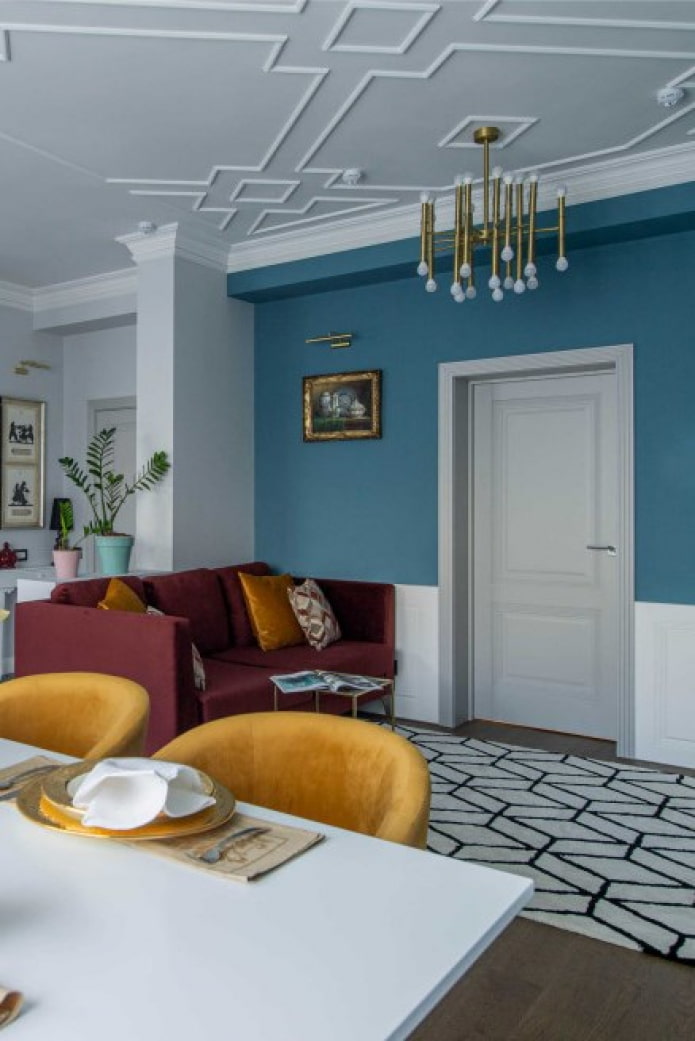
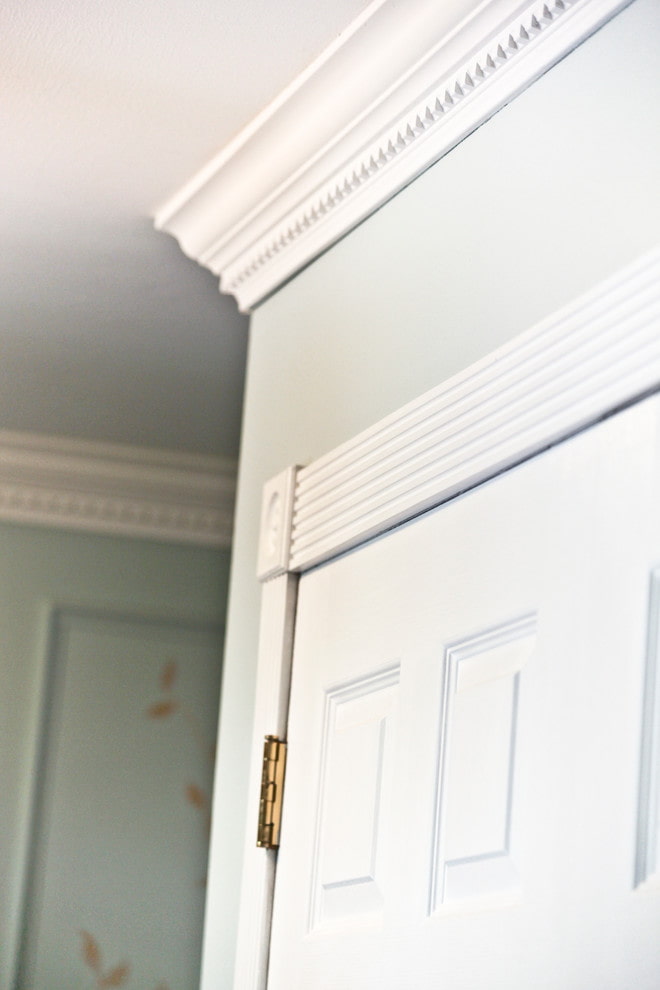
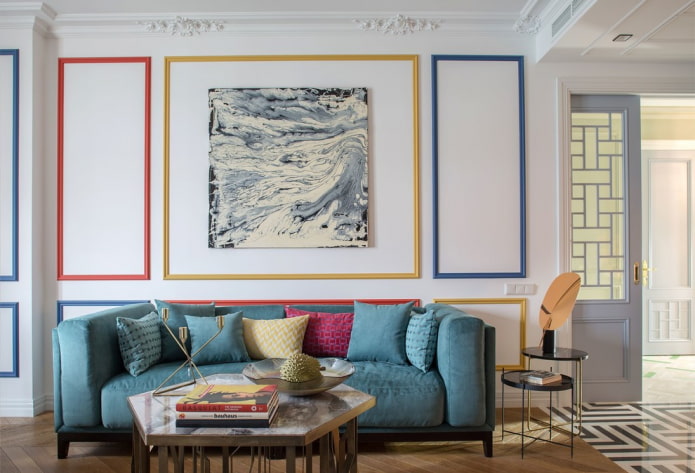
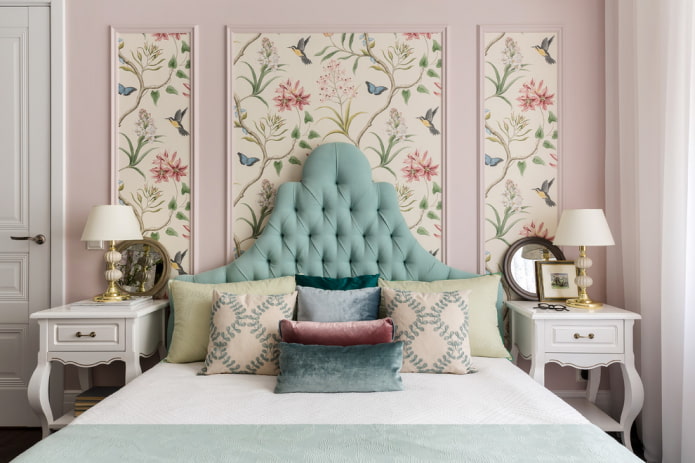
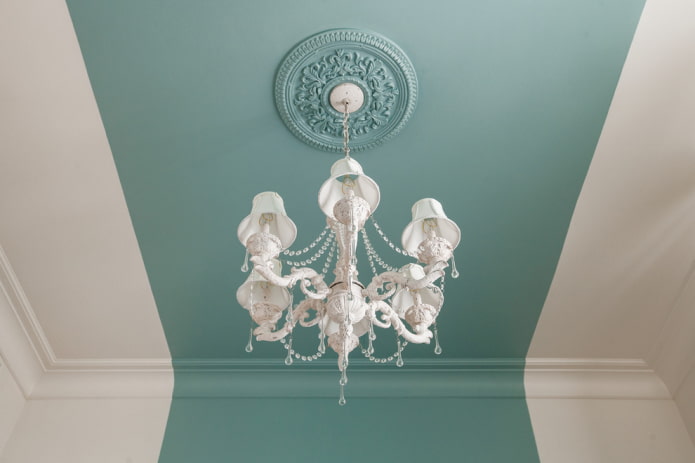
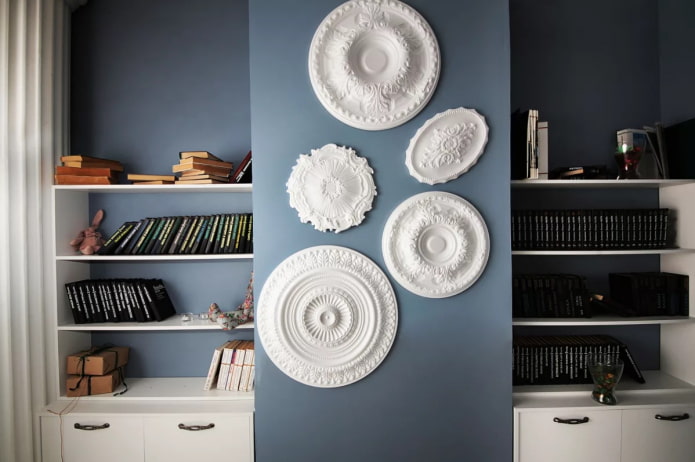

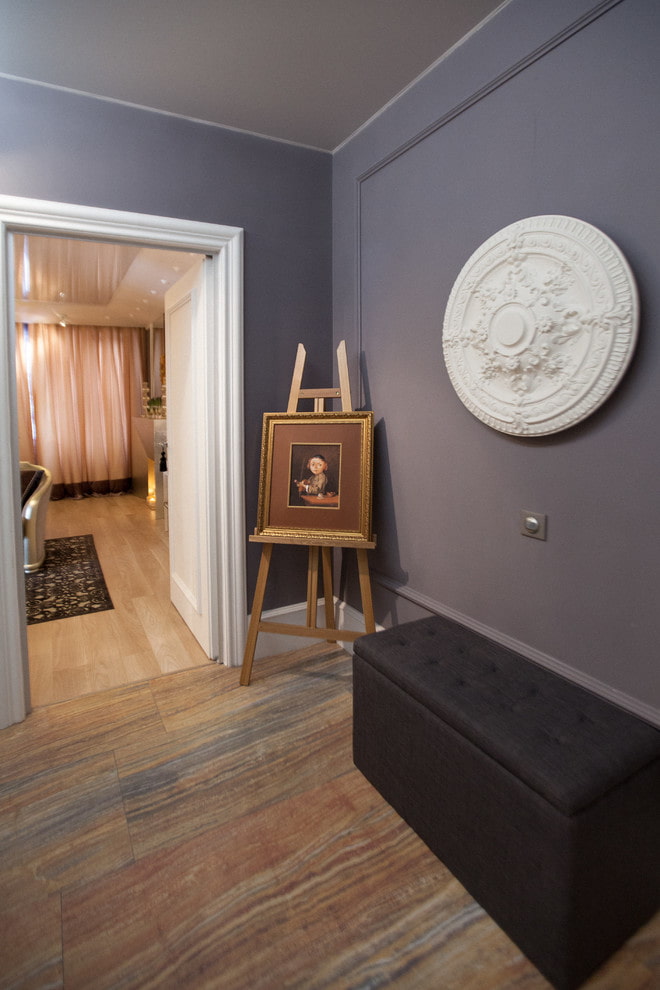
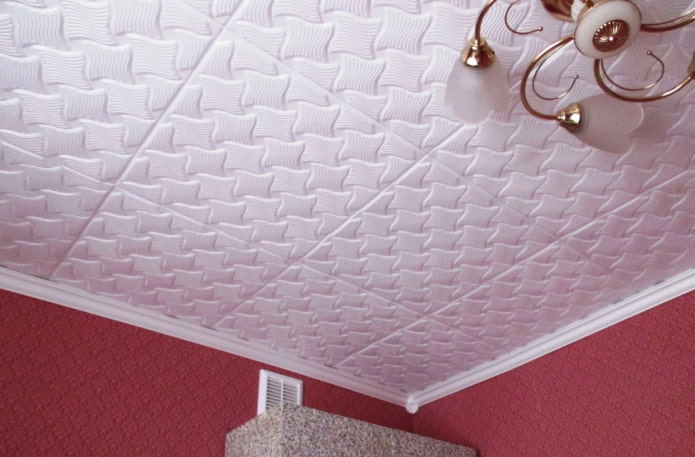
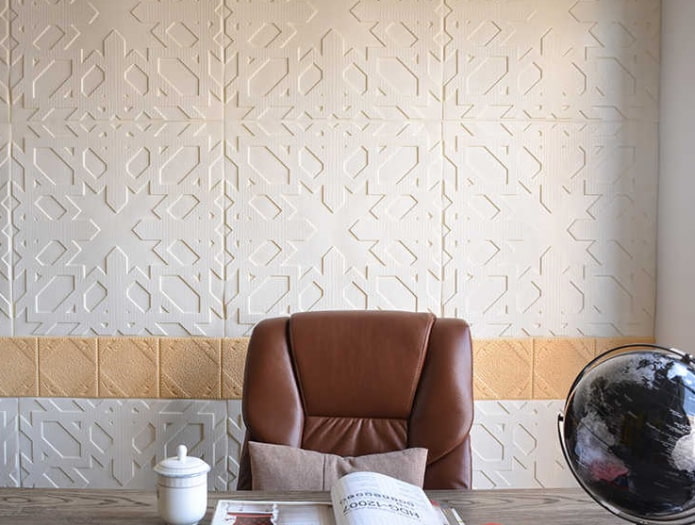
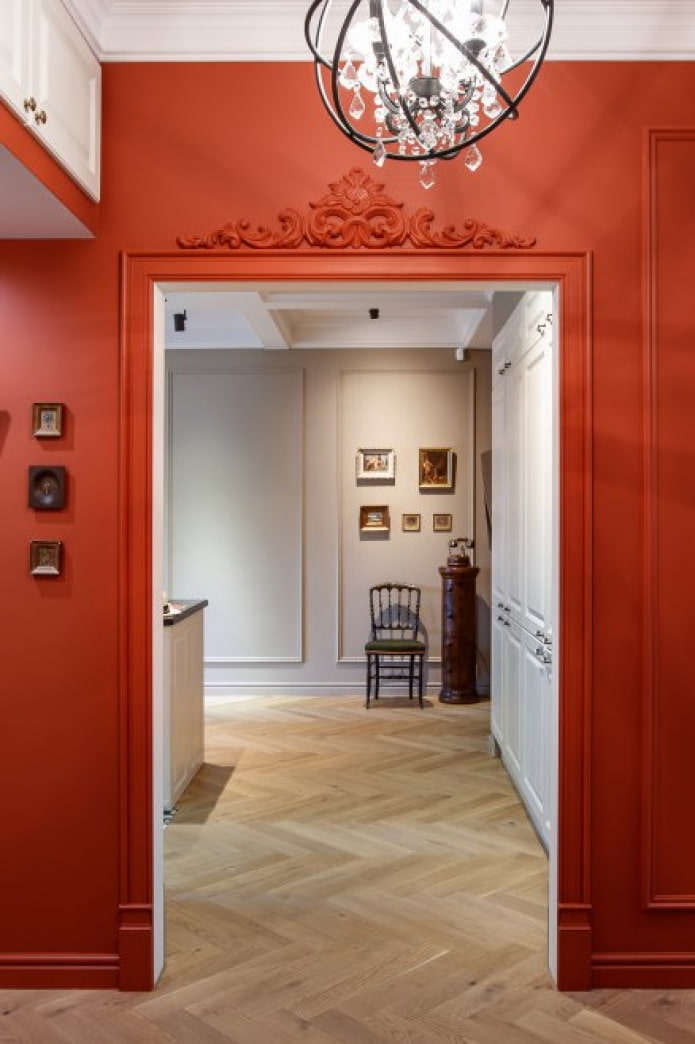
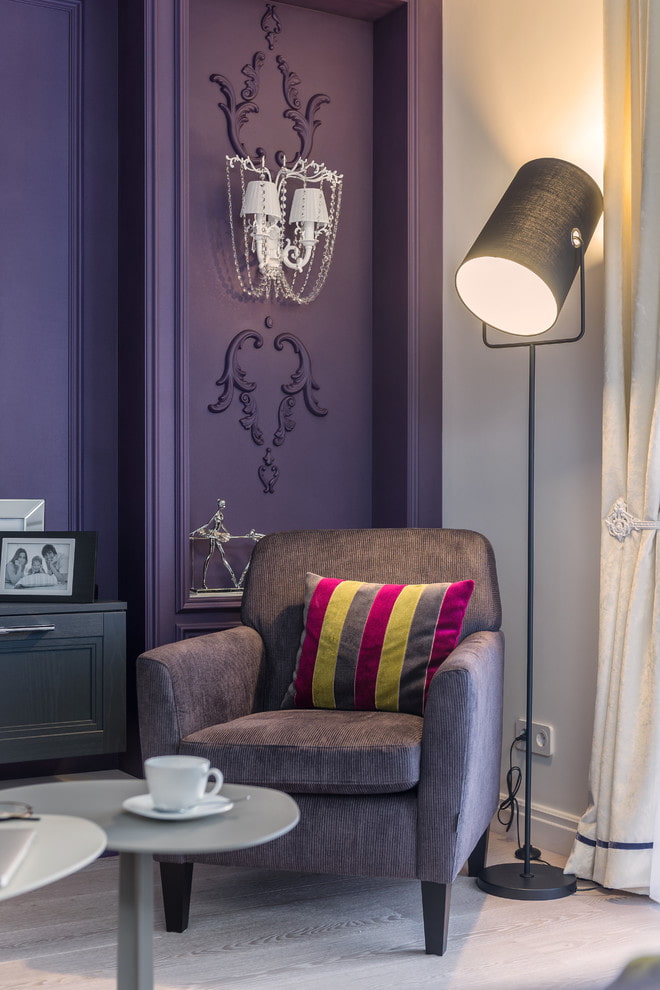
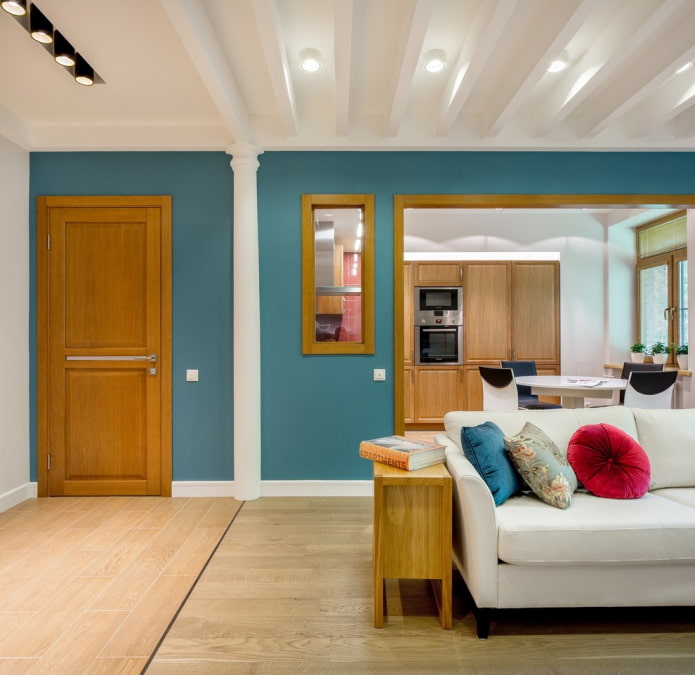
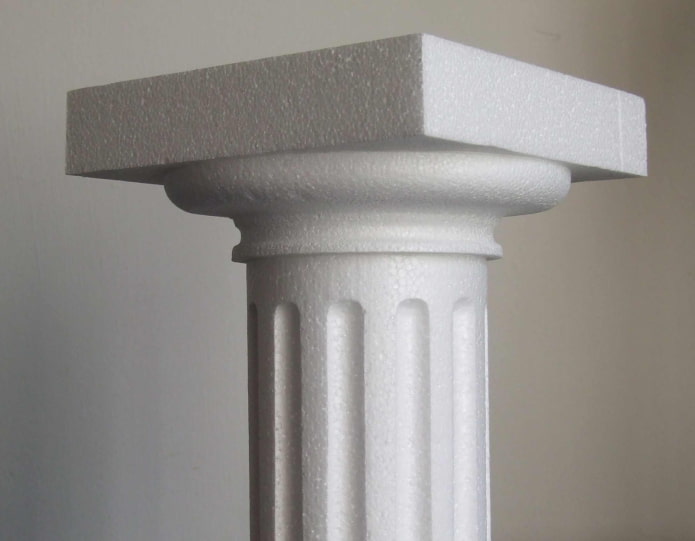
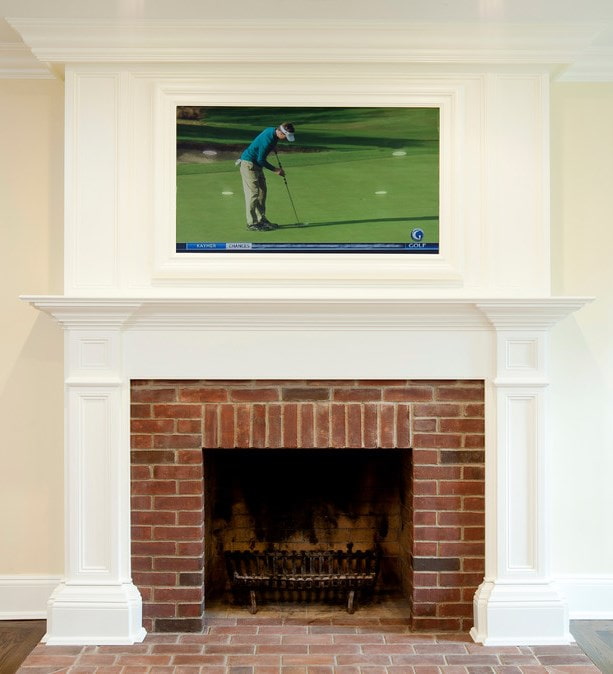
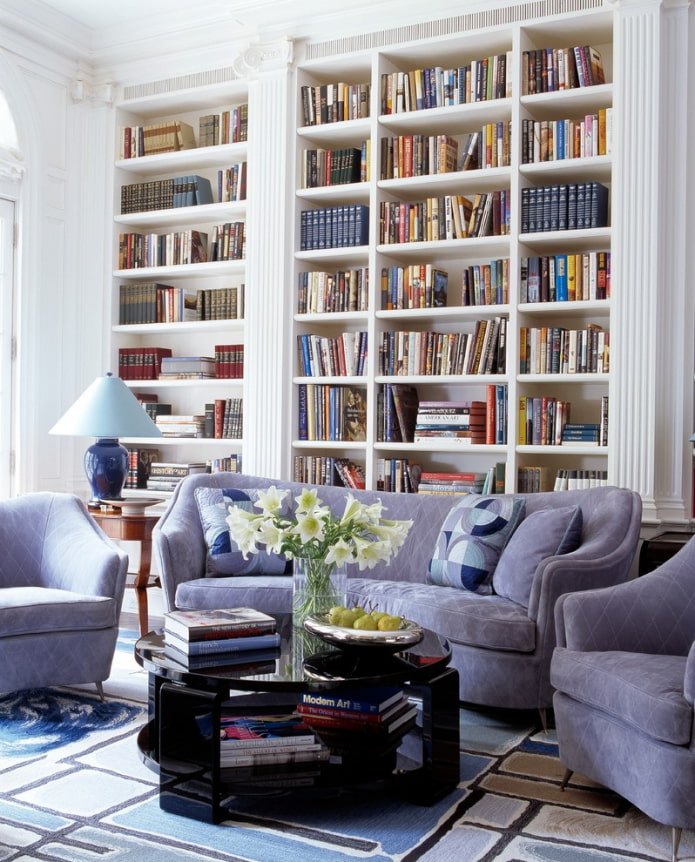
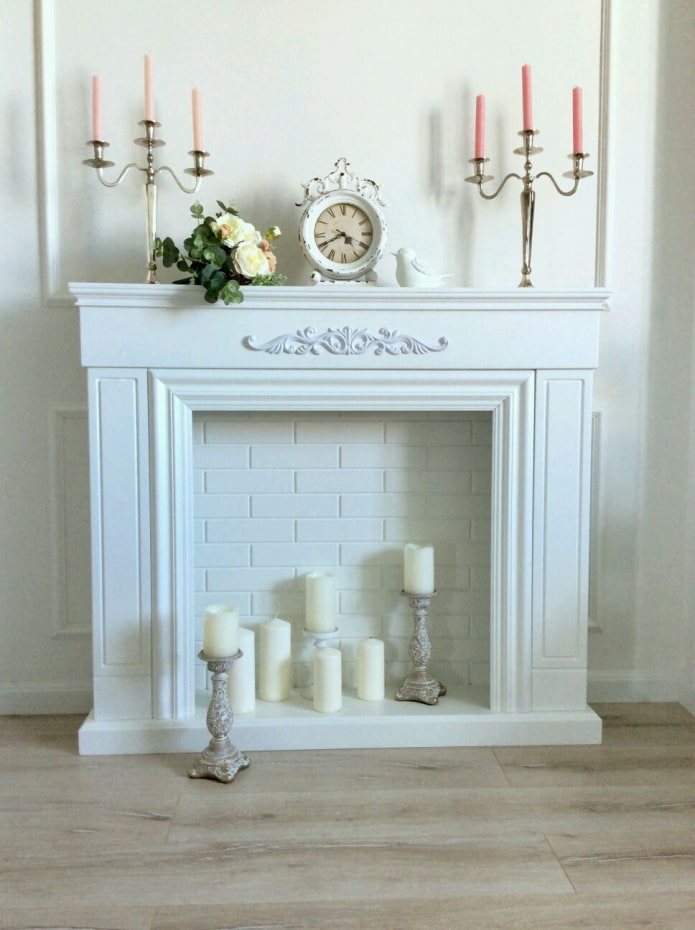
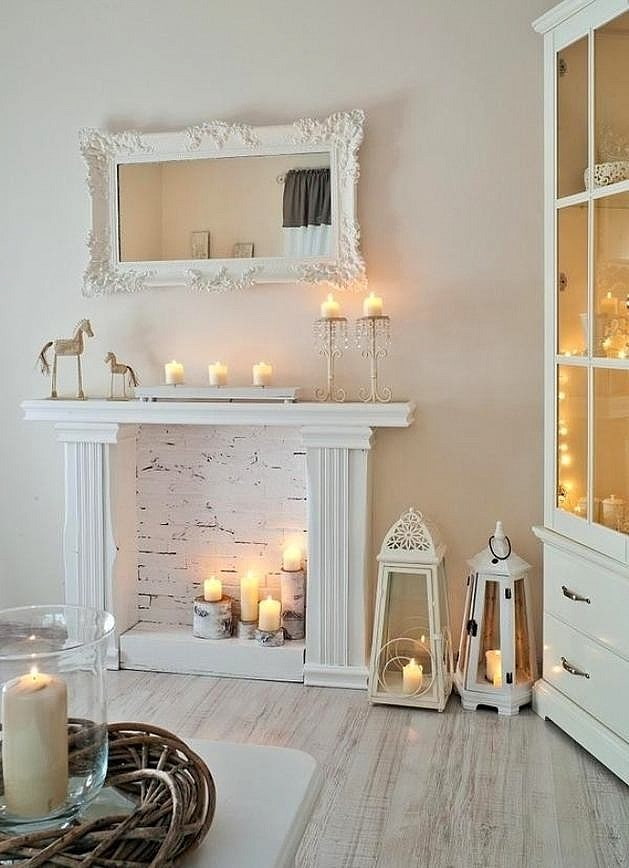
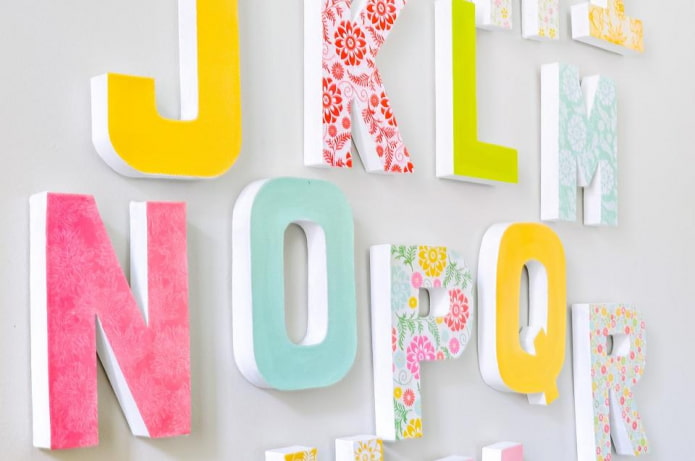
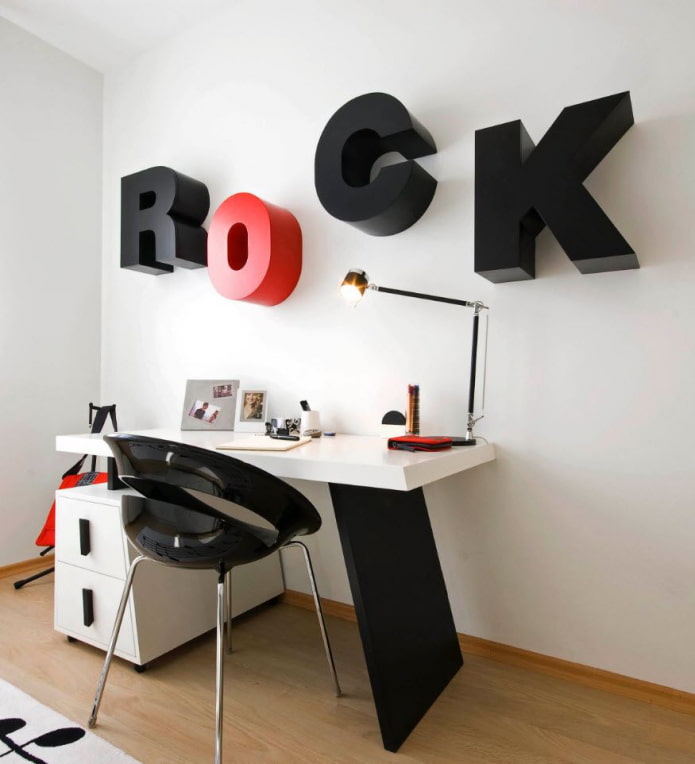
 13 bad habits a good housewife shouldn't have
13 bad habits a good housewife shouldn't have 24/7 home cleanliness - 4 secrets for the perfect housewife
24/7 home cleanliness - 4 secrets for the perfect housewife 6 hotels in Sochi that will give odds to the promoted foreign hotels
6 hotels in Sochi that will give odds to the promoted foreign hotels Top 10 interior design trends 2020
Top 10 interior design trends 2020 Rating of cheap TVs with Smart-TV
Rating of cheap TVs with Smart-TV New Year's LED garlands on AliExpress - we disassemble while it's hot, so that it's bright at home
New Year's LED garlands on AliExpress - we disassemble while it's hot, so that it's bright at home